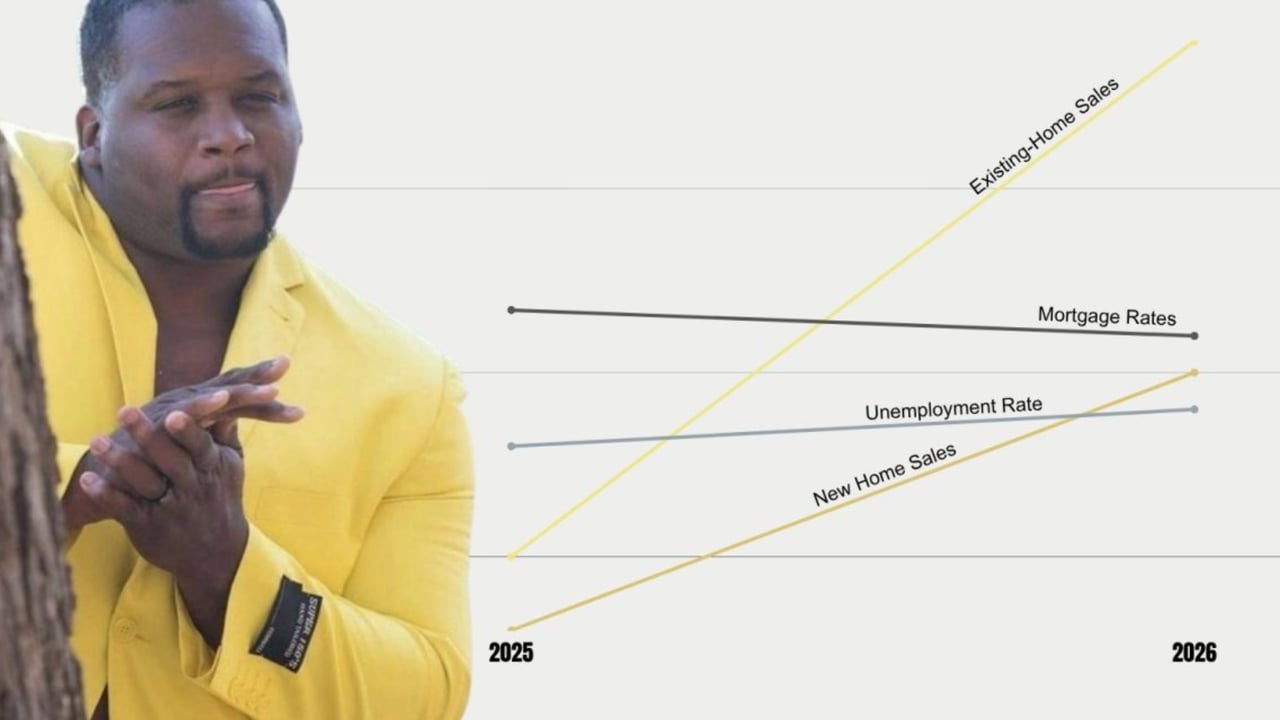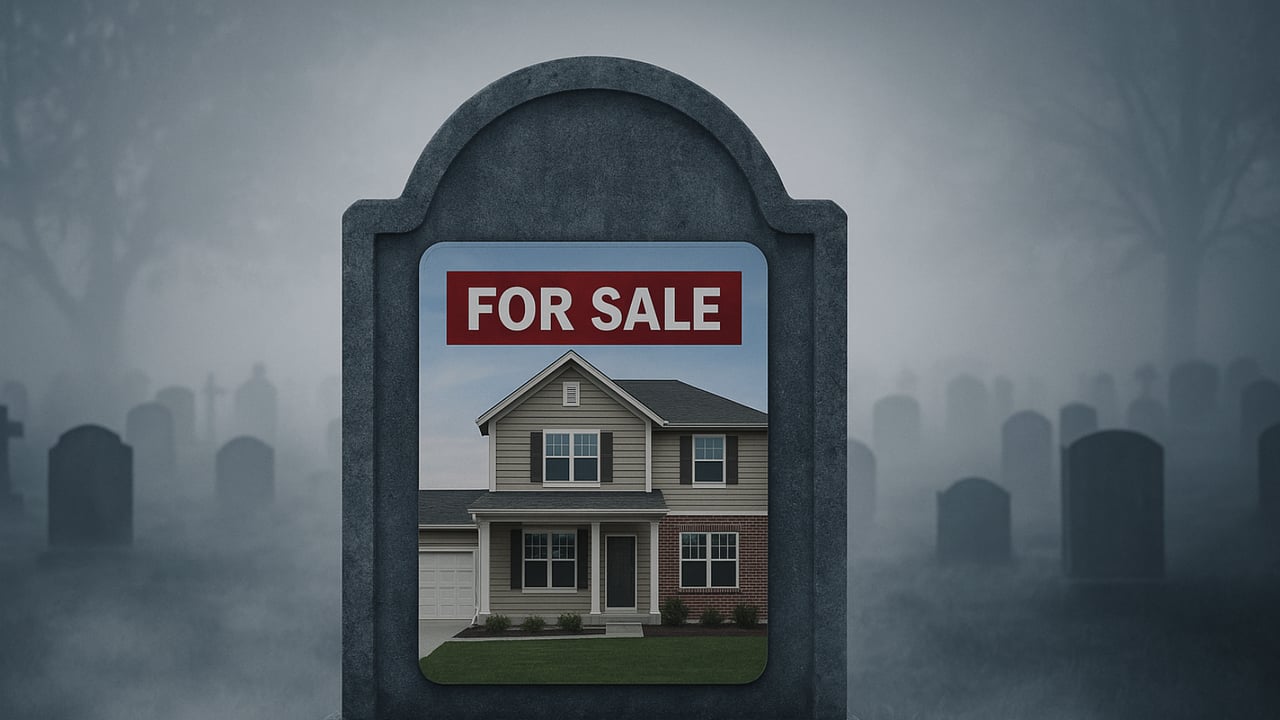Title: Decoding the Magic: How Appraisers Determine Home Value
Introduction:
Whether you're buying, selling, or refinancing a home, understanding how appraisers determine its value is crucial. A home appraisal is a comprehensive assessment conducted by a licensed professional to determine the fair market value of a property. While the process may seem mysterious to some, there are specific factors and methodologies appraisers employ to reach a well-informed valuation. In this blog, we will delve into the world of home appraisals and explore the key elements that appraisers consider when determining the value of a home.
1. Comparable Sales Approach:
One of the primary methods appraisers employ is the Comparable Sales Approach, also known as the Market Data Approach. This approach involves evaluating recent sales of similar properties, preferably within the same neighborhood, to establish a baseline value for the subject property. Appraisers compare factors such as location, size, condition, amenities, and recent sale prices to make adjustments and arrive at an estimated value.
2. Property Characteristics:
Appraisers consider various physical characteristics of the property being appraised. These include the square footage, number of bedrooms and bathrooms, overall condition, layout, architectural style, and any unique features or upgrades. The property's age, lot size, and overall curb appeal also play a role in determining its value.
3. Location, Location, Location:
The location of a property is a critical factor in appraisals. Appraisers evaluate the desirability of the neighborhood, proximity to schools, amenities, shopping centers, transportation, and other factors that contribute to the property's overall appeal. A house located in a prime neighborhood will likely have a higher value than a similar property in a less desirable area.
4. Market Conditions:
Appraisers closely analyze the current real estate market conditions to gauge the supply and demand dynamics. They consider factors such as the number of active listings, average time on the market, and the presence of any market trends. Understanding the market helps appraisers assess whether the property's value might be influenced by a seller's or buyer's market and adjust the valuation accordingly.
5. Replacement and Reproduction Costs:
In some cases, appraisers consider the cost to rebuild or reproduce a property when determining its value. This approach, known as the Cost Approach, is particularly useful for unique properties or in situations where comparable sales data is limited. Appraisers estimate the cost of constructing a similar property, taking into account factors such as labor, materials, and depreciation, and use it as a basis for valuation.
6. Functional and External Factors:
Appraisers also consider a property's functionality and external factors that may affect its value. Functional obsolescence refers to features or design aspects that may no longer be desirable or in line with current trends. External factors such as easements, zoning restrictions, environmental concerns, or noise pollution can also impact a property's value.
Conclusion:
Home appraisals are a crucial part of the real estate process, providing an objective assessment of a property's value. Appraisers utilize a combination of methodologies, including the Comparable Sales Approach, property characteristics, location, market conditions, replacement costs, and functional and external factors to determine an accurate valuation. Understanding how appraisers arrive at their conclusions empowers buyers, sellers, and homeowners to make informed decisions based on fair market values. So, the next time you embark on a real estate venture, you'll have a better understanding of the magic behind the appraiser's determination of home value.




